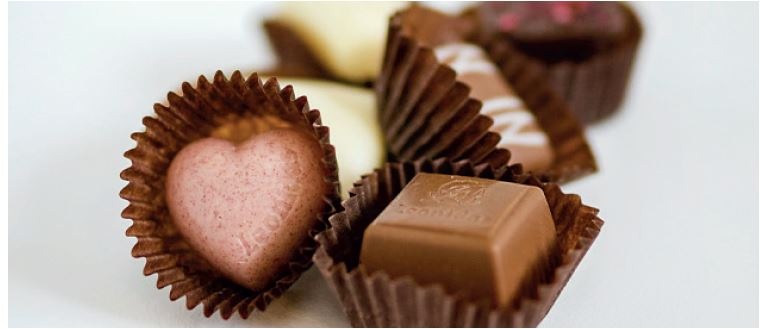


Bilal Ballout
Co-CEO of Baklawa Made Better Sugar Candies Manufacturing LLC, UAE
Although we are familiar with the taste of milk chocolate, which is made from 33 to 36 percent cocoa solids, a recent trend is the rise in demand for semi-sweet chocolate containing 40 to 50 percent cacao solids. It has an intense cocoa taste without the bitterness of dark chocolate. Healthy and tasty, no added sugar, vegan and unique flavor combinations, including citrus and sour, are other trends to watch out for.
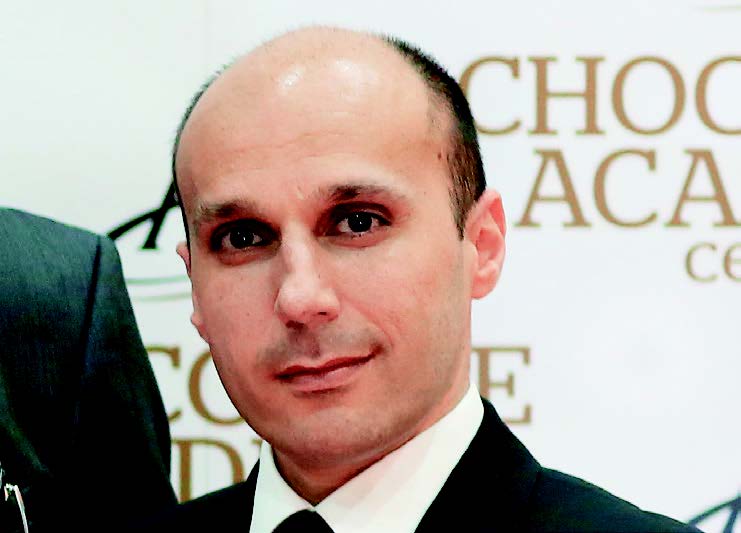
Maurice E. Feghali
CEO of EMF Trading Ltd – Middle East Coordination for Barry Callebaut
Healthier chocolates are becoming the norm. Adding value is the only way to convince customers to pay more, so a higher cacao percentage makes a big difference.
Delicate, flavor-infused dark chocolates are more widely available, as are super-dark options that contain less sugar for health-conscious consumers.
Dark milk chocolate, containing less sugar and over 40 percent cocoa, is a hybrid between milk and dark chocolate.
Ruby chocolate is the new fourth chocolate, recently approved by the FDA. Ruby flavoring will be used in classic confectionery and will feature in assortment boxes in the fall.
Whole-fruit chocolate infused with natural flavors, like smoked salt, flavored salts — such as celery or lemon salt — and varieties of pepper, will follow the salt trend. Umami flavors, including grassy matcha and nutty tahini, are gaining popularity. Furthermore, olive oil is being used more and more, especially in chocolate truffles.
Tropical fruits from cacao origins, such as mango, acai and tamarind, are being paired with dark chocolates containing spices. Paprika and zaatar are definitely spices
to watch.
We will see more white chocolate colored with natural ingredients, for instance botanical chocolates containing turmeric (golden yellow), saffron (bright yellow) and hibiscus (crimson).
In addition, demand for chocolate made from 100 percent plant-based ingredients: fruits, nuts, seeds, roots and flowers is rising.
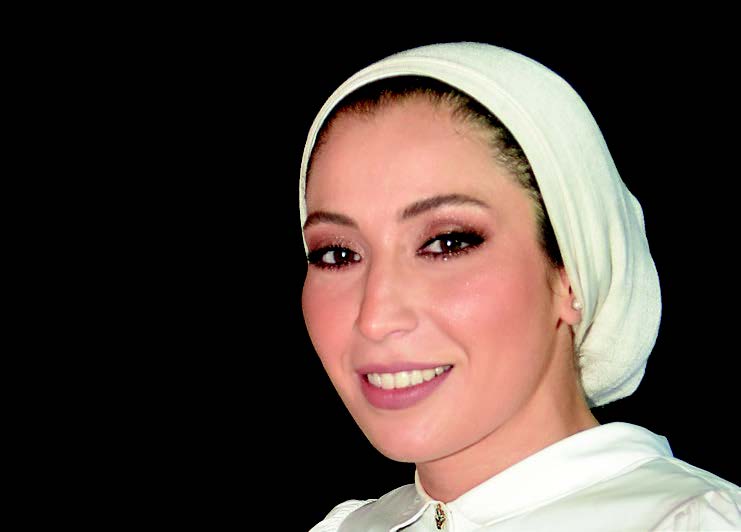
Serine Jaroudi
Marketing manager of BanoPuratos Middle East
There are endless varieties of chocolates, which has been the result of target audiences changing over the years. With the focus shifting from children to adults, the industry started offering better quality by reducing the sugar content and creating more sophisticated options. Demand for premium, healthy chocolate is at an all-time high, driven by consumers’ awareness of health. This has pushed the industry to come up with innovative ways to produce low-sugar and sugar-free chocolate products.
In order to prioritize the health and wellbeing of customers, BanoPuratos introduced the Belcolade chocolate range, which offers the same taste while containing 30 percent less sugar thanks to the use of natural sweetening ingredients. Belcolade has extended its range of sugar-reduced chocolate with the release of the Dark Belcolade chocolate selection.

Glenn Noel
Pastry chef of Valrhona, IMEA
The latest trend in the world of chocolate is the use of more sustainable products. People are now looking for transparency in the sourcing of cocoa as well as a higher quality product. We have seen a growing demand for vegan and organic chocolates. Furthermore, we have some amazing organic chocolates, including Andoa Milk 39 percent Pure Peruvian — an intensely milky and chocolaty product with a unique aromatic profile.
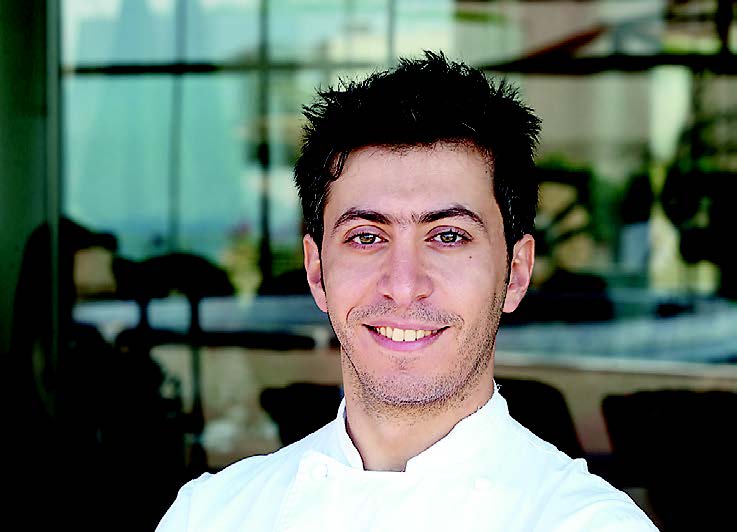
Pierre Abi Hayla
Owner and chef of LE NOIR Atelier Du Chocolat, Lebanon
The latest trend is making your own chocolate. The bean-to-bar trend has been present for the last five years and became more fashionable in 2020.

Meshal Aldarmi
Owner of Meneur Chocolate, KSA
The chocolate market is booming and is expected to continue growing. The upward trend is being driven by all ages. Another factor is affecting the demand for healthier chocolate due to the interest in fitness and wellbeing. We are definitely seeing more organic, sugar-free and dark chocolate varieties.

Mohammad Al-Gwaiz
CEO of LEVO Chocolatier, KSA
Healthy chocolate is on the up. We are witnessing greater demand for sugar-free, lactose-free and organic chocolate. There is also a growing interest in chocolate that combines sweet and savoury flavors. Middle Eastern brands have introduced authentic ingredients like zaatar, sumac, halva and dates to differentiate themselves from other international brands and cater to local tastes.

Maysa Kaddoura
Director of Le Chocolatier Dubai, UAE
The rustic style is very much in demand this year. We offer our clients tailor-made chocolate arrangements for all occasions.
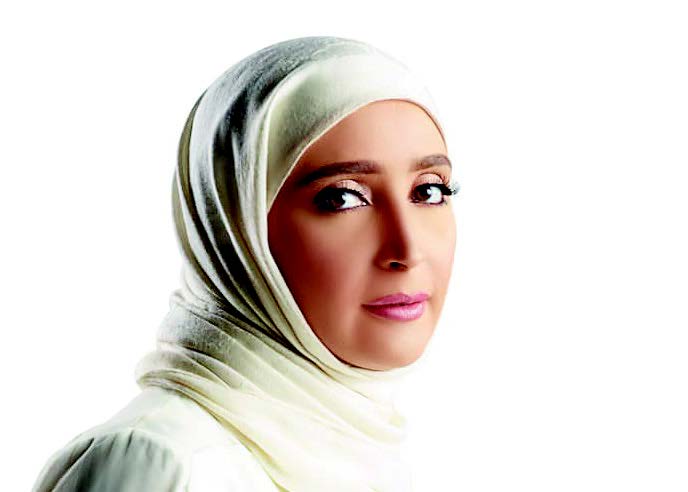
Nuha Al Yaqout
Founder and GM of Mar de Amor Chocolate Factory, Kuwait
Caramel coffee, vanilla latte, mocha, cappuccino, espresso and other coffee- flavored chocolates are sought after. Also, consumers continue to be drawn to spicy flavors that include cardamom, turmeric, ginger, cinnamon, chili and garlic.
Emerging health trends will drive demand for chocolates that include herbs and spices with healing properties. Exotic citrus ingredients, such as the Japanese yuzu, are going to remain popular
in 2021.














